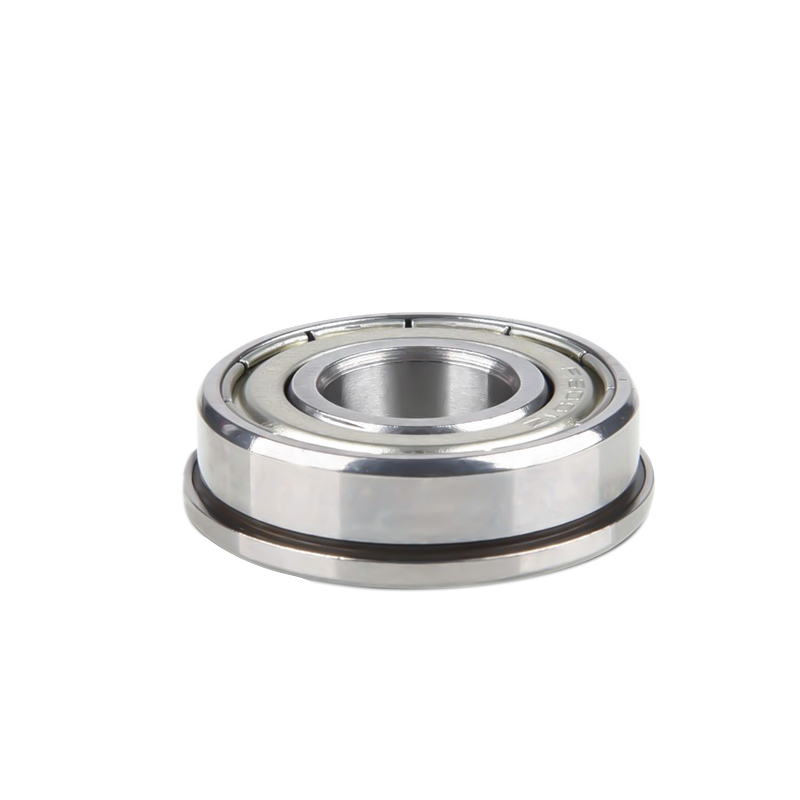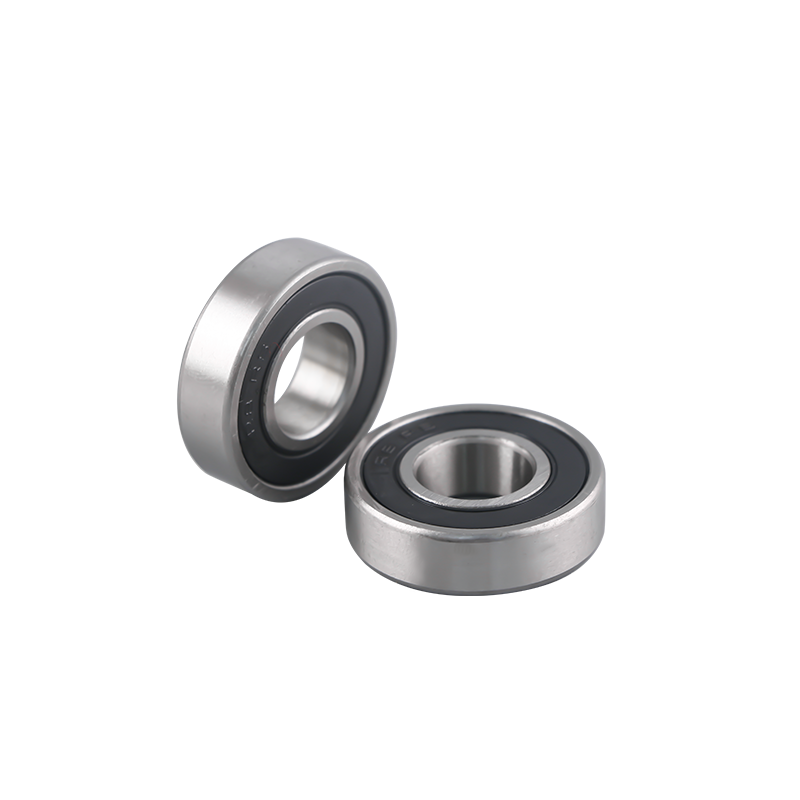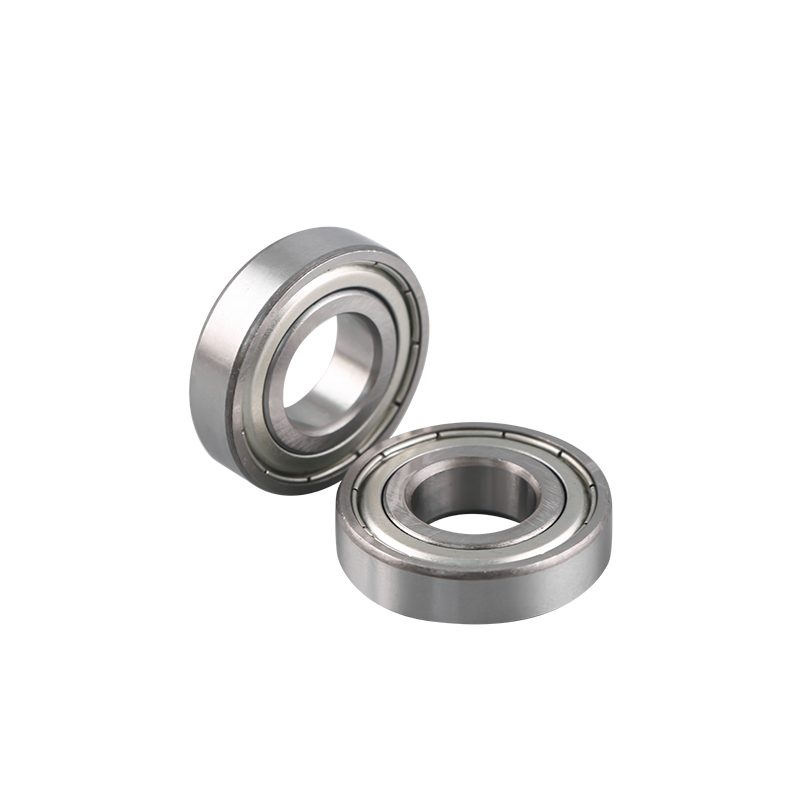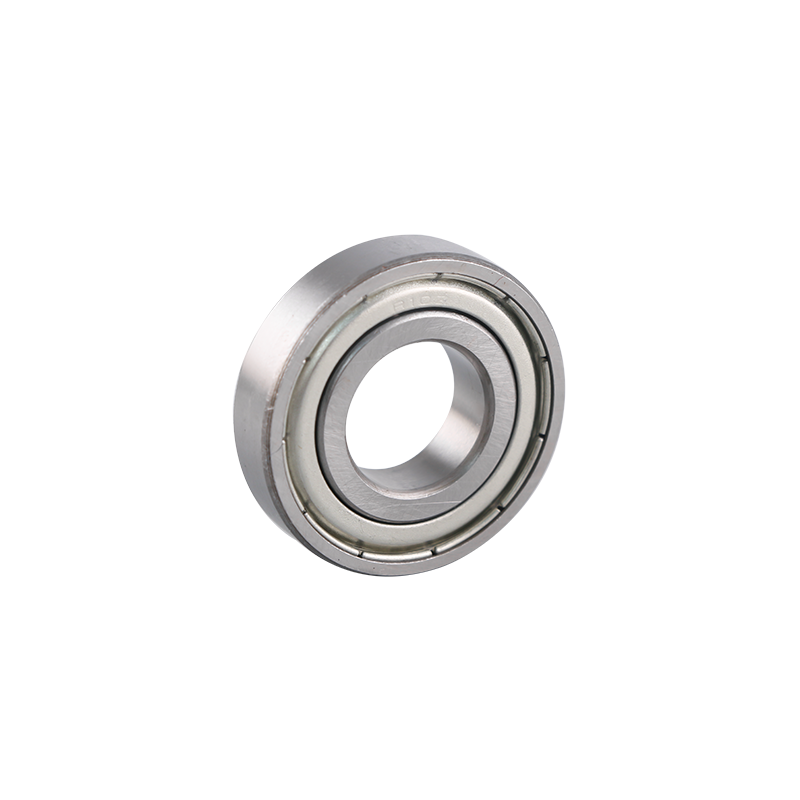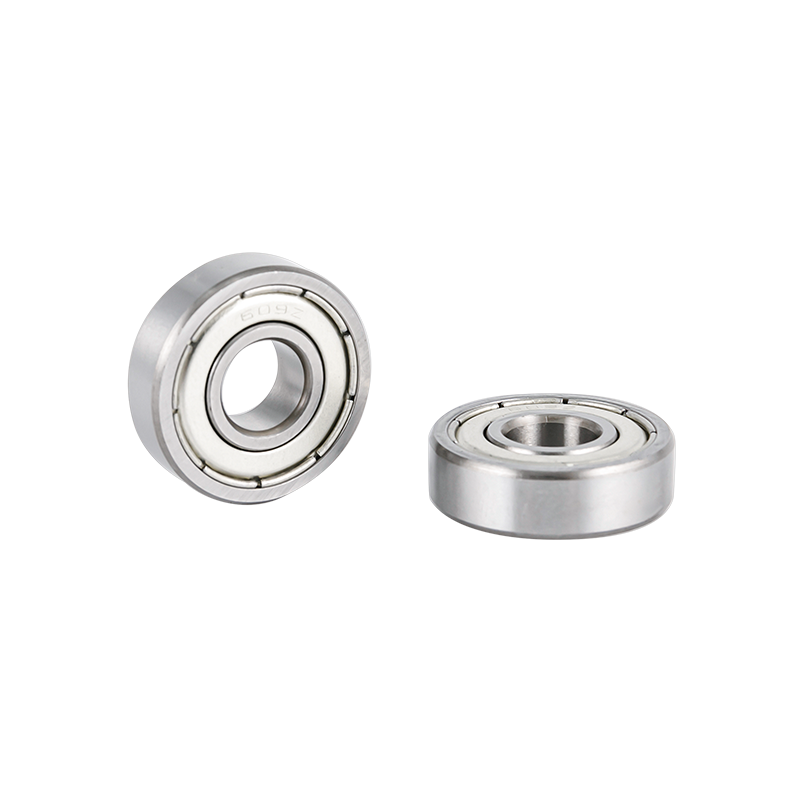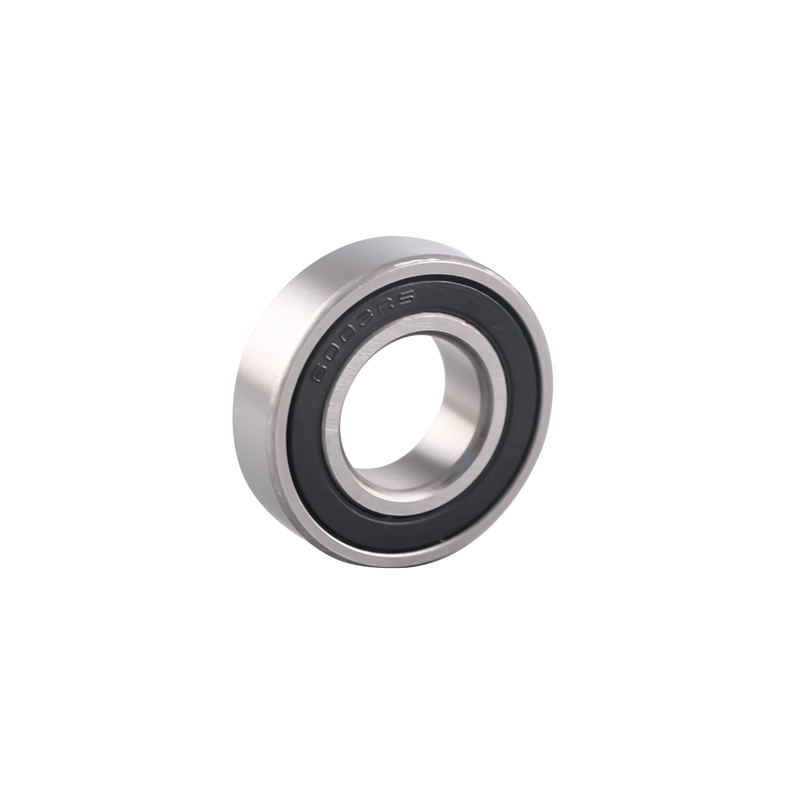Various types of bearings have different characteristics due to different designs. Due to the specific mounting position of the bearing and the variability and complexity of the application, there is no fixed mode for the selection of the bearing type. In order to adapt to the specific mounting position and application conditions of a certain host, the bearing type selection is based on the following main factors. Considering.
allow space
In mechanical design, the size of the shaft is generally determined first, and then the bearing is selected according to the size of the shaft. Usually, ball bearings are used for small shafts; cylindrical roller bearings, spherical roller bearings, and tapered roller bearings (sometimes ball bearings are also optional) for large shafts. If the radial space of the bearing installation part is limited, the bearing with a smaller radial section height should be used. Such as needle roller bearings, certain series of deep groove ball bearings, angular contact ball bearings, cylindrical or spherical roller bearings, and thin-walled bearings. If the axial space of the bearing installation part is limited, a bearing with a smaller width can be used.
bearing load
load size. Roller bearings have a larger load-carrying capacity than ball bearings with the same external dimensions. Generally, ball bearings are suitable for light or medium loads, and roller bearings are suitable for heavy loads.
load method. Pure radial load can choose deep groove ball bearing and cylindrical roller bearing. For pure axial load, thrust ball bearing and thrust cylindrical roller bearing can be selected. When there is radial load and axial load (combined load), angular contact ball bearings or tapered roller bearings are generally used. If the radial load is large and the axial load is small, deep groove ball bearings and cylindrical roller bearings with ribs on the inner and outer rings can be selected. If there is also large deformation of the shaft or housing and poor installation alignment, self-aligning ball bearings and self-aligning roller bearings can be selected. If the axial load is large and the radial load is small, thrust angular contact ball bearings and four-point contact ball bearings can be selected. If self-aligning performance is also required, thrust spherical roller bearings can be selected.
Rotating speed
The working speed of the rolling bearing mainly depends on its allowable operating temperature. Bearings with low frictional resistance and less internal heat generation are suitable for high-speed operation. When only bearing radial load, select deep groove ball bearing and cylindrical roller bearing can achieve higher speed, if bearing combined load, should choose angular contact ball bearing. Using specially designed high-precision angular contact ball bearings, it can reach extremely high speeds. The rotational speed of various thrust bearings is lower than that of radial bearings.
Rotation accuracy
For most machines, the use of 0-grade tolerance bearings is sufficient to meet the requirements of the host, but when there are strict requirements on the rotation accuracy of the shaft, such as machine tool spindles, precision machinery and instruments, deep groove ball bearings with higher tolerance levels should be selected. Angular contact ball bearings, tapered roller bearings, cylindrical roller bearings and thrust angular contact ball bearings such as P4 or P2.
rigidity
The rigidity of a rolling bearing is determined by the amount of elastic deformation that occurs when it is under load. In general, this deformation is small and can be ignored, but in some machines, such as machine tool spindle systems, the static stiffness and dynamic stiffness of the bearing It has a great influence on the characteristics of the system. In general, roller bearings have higher stiffness than ball bearings. Various types of bearings can also improve the rigidity to varying degrees by properly "preloading".
Noise and Vibration
The noise and vibration of the bearing itself are generally very low. However, for small and medium motors, office machinery, household appliances and instruments that have special requirements for noise and running stability, low-noise bearings are usually selected.
Axial movement
The most common configuration of bearings is to install a set of axially positioned "fixed bearings" at one end of the shaft and a set of axially movable "floating bearings" at the other end to prevent thermal expansion and contraction of the shaft. A stuck phenomenon occurs. The commonly used "floating bearing" is a cylindrical roller bearing with no ribs on the inner ring or outer ring. At this time, the fit between the inner ring and the shaft or the fit between the outer ring and the housing hole can be interference fit. Sometimes non-separable deep groove ball bearings or spherical roller bearings can also be used as floating bearings, but during installation, the inner ring and the shaft or the outer ring and the outer ring should choose a clearance fit to ensure that the inner ring or the outer ring has a sufficient freedom of axial movement.
friction torque
The frictional resistance of the ball bearing is smaller than that of the roller bearing. When the pure radial load acts, the frictional resistance of the radial contact bearing is small; when the pure axial load acts, the frictional resistance of the axial contact bearing is small; when the combined load acts, the bearing contacts Angular contact bearings with angles close to the load angle have the least frictional resistance. In instruments and machinery that require low friction torque, ball bearings or cylindrical roller bearings are more suitable. In addition, contact seals should be avoided for low-friction torque bearings. At the same time, drip lubrication, oil-air lubrication or other lubrication methods that are conducive to reducing friction are recommended.
Installation and removal
Bearings with cylindrical inner holes are used in machinery with frequent installation and disassembly, and separate angular contact ball bearings, tapered roller bearings, separable cylindrical roller bearings, needle roller bearings and thrust bearings should be preferred. The bearing with conical inner hole can be installed on the journal, or on the cylindrical journal by means of an adapter sleeve or a withdrawal sleeve, and the installation and disassembly are very convenient.
6906 ZZ/2RS Open 30x47x9mm Thin Wall Bearing Robot Spherical Plain Bearing Deep Groove Ball Bearing
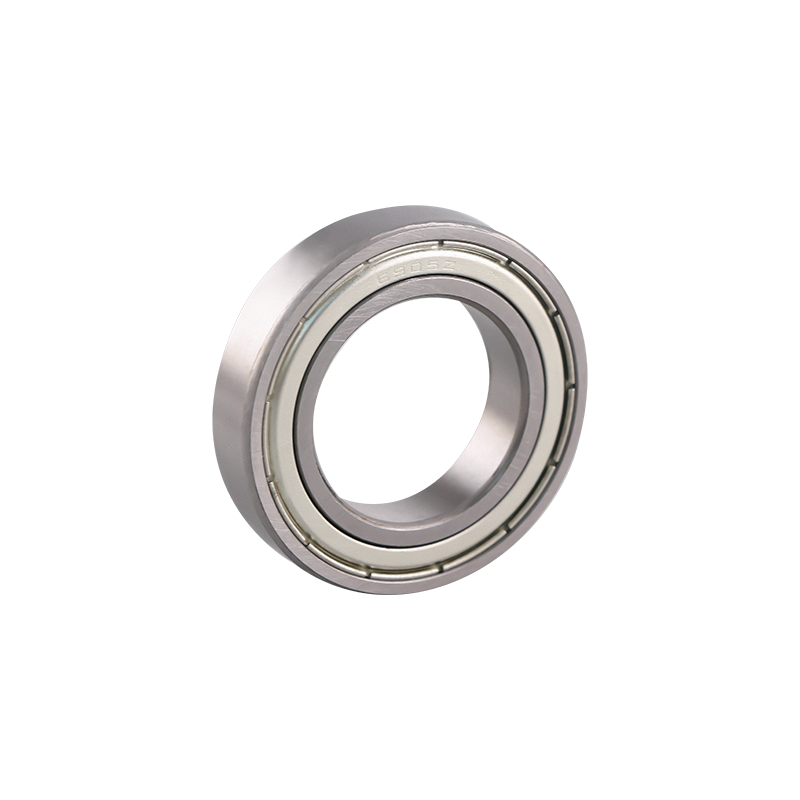
We are an international custom 6906 ZZ/2RS Open 30x47x9mm Thin Wall Bearing Robot Spherical Plain Bearing Deep Groove Ball Bearing suppliers and OEM/ODM 6906 ZZ/2RS Open 30x47x9mm Thin Wall Bearing Robot Spherical Plain Bearing Deep Groove Ball Bearing company, specialized in the manufacturing deep groove ball bearing. Not only advanced automated production equipment, strict enterprise management, excellent talent team, and strong technology, rigorous process, but also we have a large number of precision grinding machine, mainly use high-quality bearing steel "GCr15" as raw material, and low-carbon alloy steel as attached. The first inspection, Operator self-inspection, inspect all the sizes; Inspect sampling, factory finished product testing and other processes, custom 6906 ZZ/2RS Open 30x47x9mm Thin Wall Bearing Robot Spherical Plain Bearing Deep Groove Ball Bearing quality has been Strict controlled. Our quality goal is the pursuit of excellence, achieve customer satisfaction.

